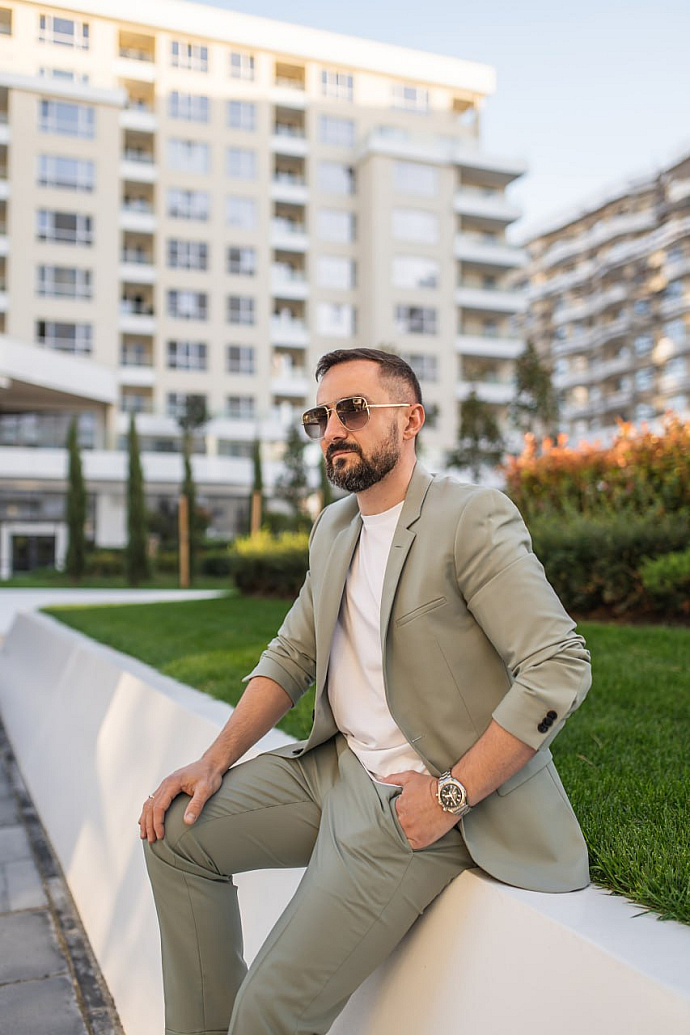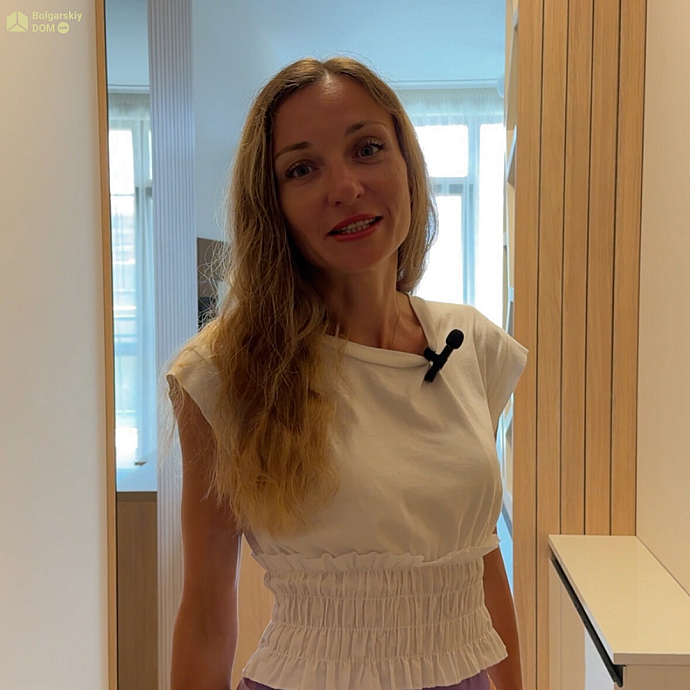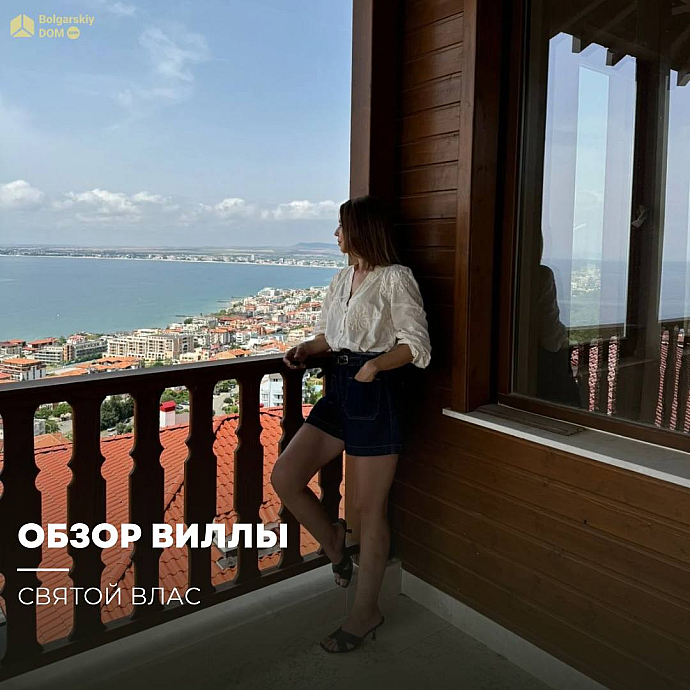Imagine a floral reserve nestled between the Stara Planina and Sredna Gora mountains. For many kilometers, vast fields of dozens of varieties of enchanting roses stretch out. Thousands of blossoms, opening each morning, not only captivate the eye but fill the air with a heady fragrance, spreading as far as the towns of Kazanlak and Pavel Banya.
Mountains, rivers, and countless flowers create an indescribable landscape in Europe’s largest Valley of Roses.

- Area of over 300 hectares.
- The Kazanlak rose is a symbol of Bulgaria. The flower hasn’t adapted to other countries.
- Over 10 types of color and scent variations. Lemon, violet, and iris aromas are common.
- More than 50,000 tourists visit every year.
The Damask rose was introduced to Bulgaria in the 13th century, aided by the Ottoman Empire. Over time, under local conditions, a hybrid emerged – the Kazanlak rose. By the 16th century, rose plantations had started appearing, and documentation of rose oil production dates back to 1800.
Walking through these areas, you can imagine the daily life of local rose gatherers, as they worked centuries ago, right where you stand today.
By the 18th century, rose plantations covered 10,000 hectares, and over 1,000 kg of rose oil was produced industrially. Before World War I, Bulgaria had rose plantations spanning about 100,000 hectares, but after the war and the 1930s economic crisis, most fields disappeared.
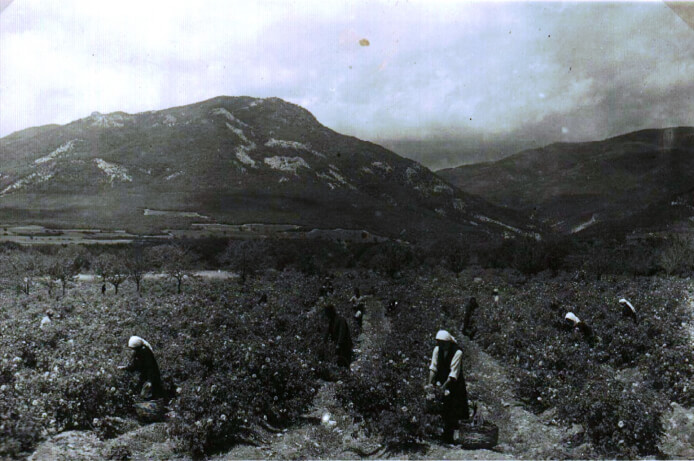
After 1945, steps were taken to restore the rose plantations in the Valley. The Rose Institute was created, and private companies were nationalized.
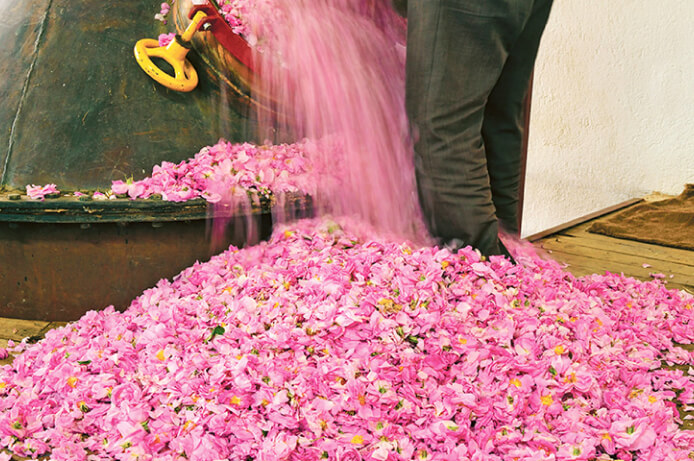
Today, the Valley of Roses significantly boosts Bulgaria’s economy. The country is the world’s top producer of rose oil ("Bulgaria’s liquid gold"), accounting for 70% of global production, mainly from the Kazanlak region.
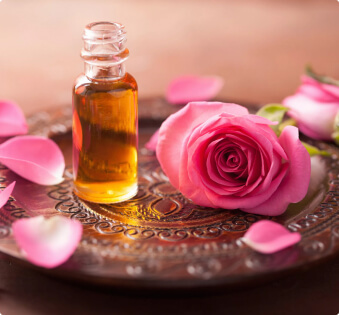
Rose oil is popular worldwide and widely used in:
- Medicine: Ointments, drops, and treatments for various diseases.
- Perfumes: Perfume, lipstick, and eau de toilette with rose oil.
- Culinary Uses: For making rose liqueur and jam.
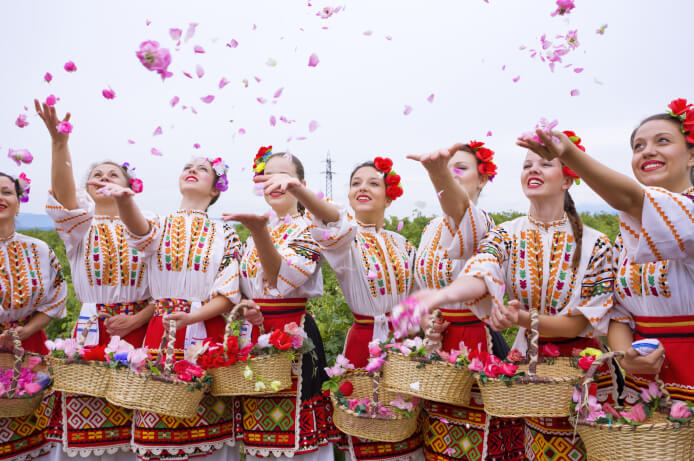
The local celebration begins right in the fields during the harvest and gradually moves to the town of Kazanlak. Local residents in traditional costumes make rose garlands and present them to arriving guests. Adults and children enjoy an exciting festival program, including visits to a local fair. During the festival, tourists can buy rose souvenirs and savor local cuisine.
The World’s Only Rose Museum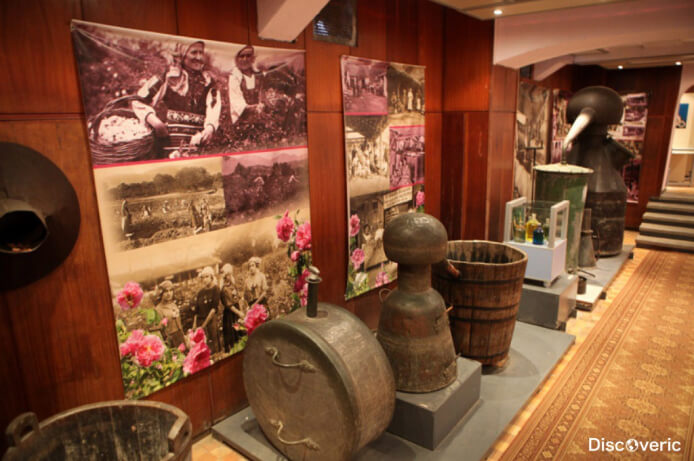
Located in Kazanlak, this museum holds photos, documents, and exhibits showcasing the origins of rose plantations and the culture of rose cultivation in Bulgaria.
| Working Hours: | 8:30 AM – 5:00 PM. |
| Entrance Fee: | 2,5 EUR (210 RUB) |
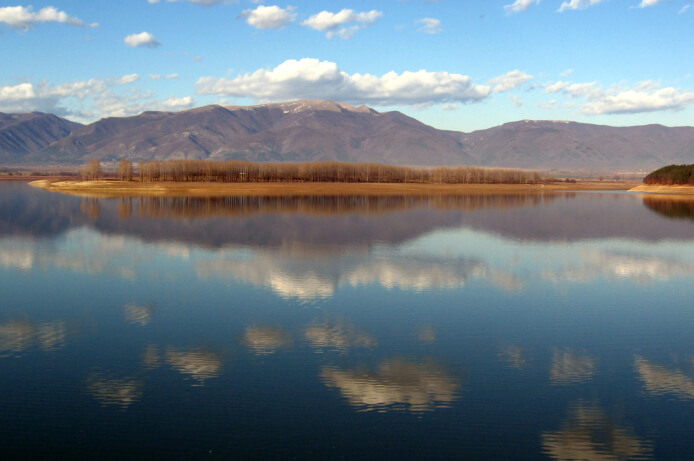
This artificial reservoir is located in the Rhodope Mountains. The snow-capped peaks of the mountains are reflected in the tranquil, silken waters of the lake, offering a view of Bulgaria’s tallest mountain, Botev. Hidden beneath the reservoir lies the ancient Thracian city of Seuthopolis. Entry is free.
Replica of the Thracian Tomb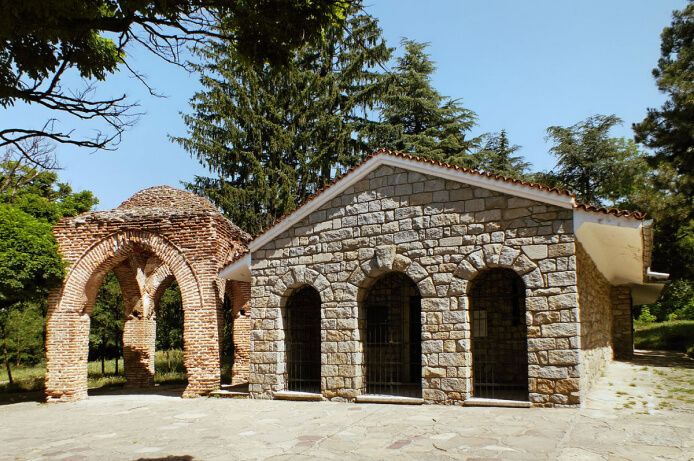
An exact replica of an ancient monument was built in Kazanlak. Sculptors and architects meticulously recreated the ancient frescoes and structures dating back to the 3rd-4th centuries BC.
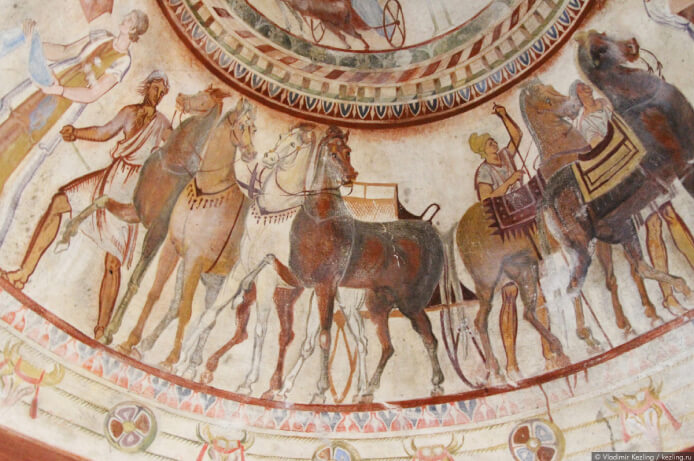
| Self-guided Visit: | 2,5 EUR (210 RUB) |
| Guided Tour: | 7,5 EUR (630 RUB) |
| Working Hours: | 9:00 AM – 3:00 PM |
In the village of Pavel Banya (10 km away) and the town of Kazanlak (10-15 km away), there are several hotels. The cost of accommodation is 30–60 EUR (2500–5000 RUB) per night. In Kazanlak, there are over 10 restaurants and cafes where you can enjoy Bulgarian national cuisine. The average price for a full meal is 15 EUR (1300 RUB). National dishes are served in large portions, so you can share one dish and save money.
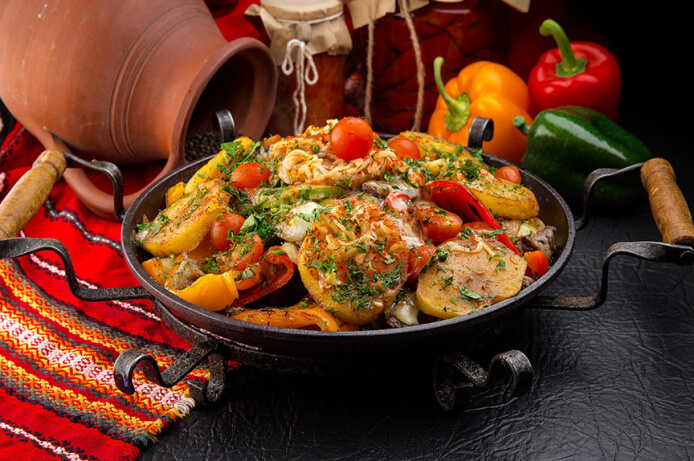
The town of Kazanlak is closest to the Valley of Roses. It has a well-developed transportation network connecting it to other parts of Bulgaria. You can get there by:
-
Bus:
-
From Sofia station: Sofia – Kazanlak.
Ticket price: 8-13 EUR (670-1100 RUB).
Travel time: 3 hours 40 minutes.
-
From Burgas station: Burgas – Kazanlak.
Ticket price: 6-13 EUR (505-1100 RUB).
Travel time: 4 hours.
-
From Varna station: Varna – Kazanlak.
Travel time: 6 hours.
Then take a local bus from Kazanlak to Pavel Banya, which brings tourists to the Valley of Roses (ticket price: 2 EUR/ 4 BGN).
-
-
Train
-
From Sofia station: Sofia – Kazanlak.
Ticket price: 5-8 EUR (420-670 RUB).
Travel time: 3 hours 25 minutes.
-
From Burgas station: Burgas – Kazanlak.
Ticket price: 5-8 EUR (420-670 RUB).
Travel time: 2 hours 50 minutes.
-
From Varna station: Varna – Kazanlak.
Ticket price: 7 EUR (590 RUB).
Travel time: 5 hours.
Then take a local bus from Kazanlak to Pavel Banya (ticket price: 2 EUR/ 4 BGN).
-
-
By Car:
-
Sofia – Kazanlak
-
Burgas – Kazanlak
-
Varna – Kazanlak
-
The best time to visit the valley is during the rose blooming and harvesting season (from May 20 to June 20). The fields are open daily from 5 AM to 10 PM.


.jpg)
